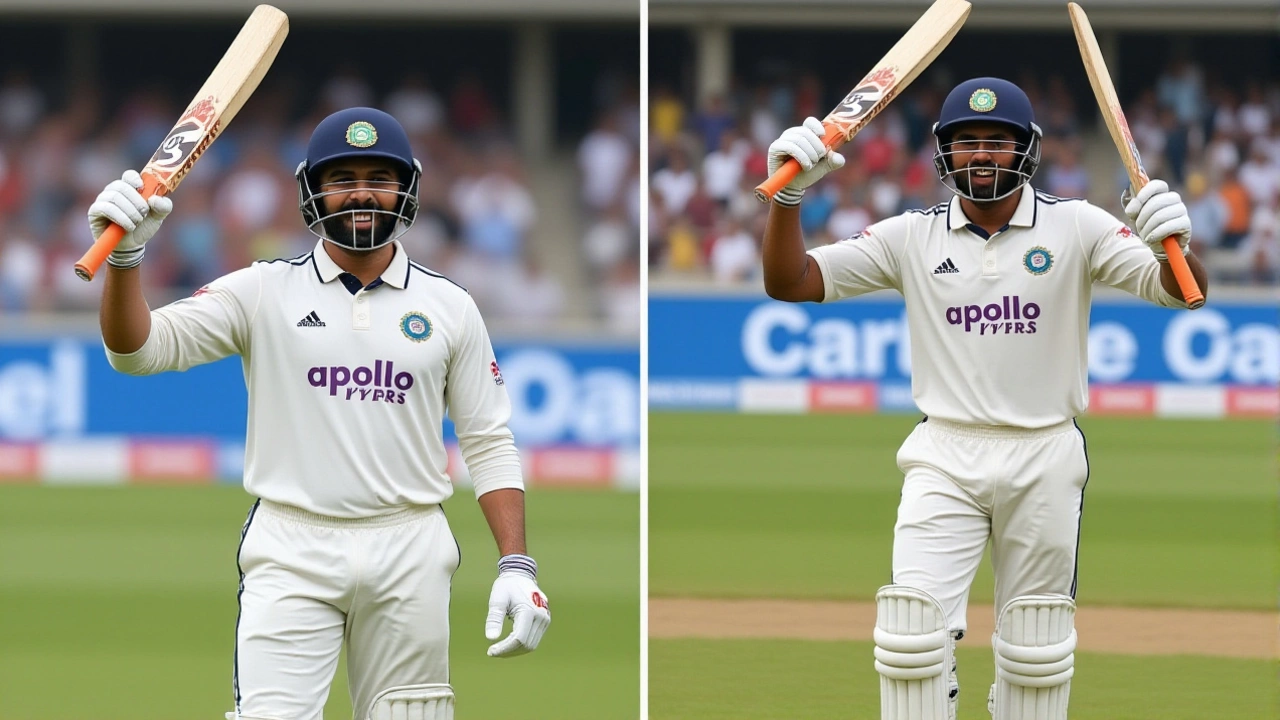Narendra Modi Stadium – Everything You Need to Know
When you hear Narendra Modi Stadium, the world’s largest cricket arena located in Ahmedabad, Gujarat, India. Also known as Motera Stadium, it stands as a modern marvel with a seating capacity of over 132,000, making it a landmark for any large‑scale gathering.
Cricket, a bat‑and‑ball sport followed by billions worldwide finds its most spectacular stage at Narendra Modi Stadium. The venue routinely hosts International Cricket Council (ICC) fixtures, including the ICC Cricket World Cup, the premier global tournament held every four years. With a capacity that dwarfs most stadiums, the fan atmosphere reaches a fever pitch, especially during high‑stakes matches like the Asia Cup semi‑finals or the World Cup finals. The sheer number of spectators influences everything from broadcast logistics to on‑field strategies, turning each game into a massive, shared experience.
What makes this arena a game‑changer?
The design team blended cutting‑edge engineering with traditional Indian aesthetics. A massive cantilevered roof shelters the entire playing area, while high‑efficiency LED lighting delivers uniform illumination for day‑night games. The pitch itself benefits from a sophisticated drainage system that can dry the surface in under 15 minutes after rain, ensuring minimal interruptions. Ahmedabad, the bustling city in Gujarat that houses the stadium serves as a transport hub, with metro and rail links easing the flow of tens of thousands of fans on match days.
Beyond cricket, the stadium’s infrastructure supports a range of events. Concerts by global superstars draw crowds rivaling any sports gathering, while political rallies and cultural festivals take advantage of the expansive floor space and state‑of‑the‑art acoustics. This versatility reinforces the stadium’s role in the broader sports infrastructure ecosystem of India, positioning it as a venue that can adapt to any large‑scale production without compromising audience comfort.
Fans appreciate more than just the view; modern amenities like Wi‑Fi zones, premium lounges, and eco‑friendly waste management elevate the overall experience. Ticketing platforms now offer dynamic pricing, giving early‑bird supporters a chance at lower rates while ensuring high‑demand matches sell out quickly. The stadium’s massive capacity also means that ticket sales generate significant revenue, which in turn funds community outreach programs such as youth cricket clinics and stadium‑maintenance scholarships.
Looking ahead, the venue is slated to host the upcoming Asia Cup 2025 semi‑finals, a series of high‑profile T20 internationals, and possibly another World Cup round. Each event adds a new layer to the stadium’s growing legacy, attracting tourists, media crews, and sponsors eager to associate with the world’s biggest cricket stage. Whether you’re a die‑hard cricket follower or a casual music lover, the calendar promises something worth marking on your diary.
Below, you’ll find a curated collection of news, insights, and behind‑the‑scenes stories that dive deeper into the stadium’s milestones, upcoming matches, and the buzz surrounding each major event. Browse through to get the latest updates and discover why Narendra Modi Stadium continues to set the bar for large‑scale venues worldwide.
- Kieran Montague
- Oct, 3 2025
- 0 Comments
Siraj, Bumrah Lead India to Early Dominance in Low‑Attendance Ahmedabad Test
India's bowlers dominate West Indies in Ahmedabad Test amid low crowd turnout; Jurel and Jadeja likely notch half‑centuries despite sparse coverage.
